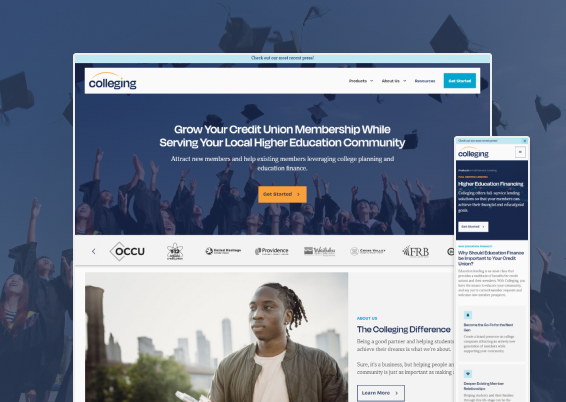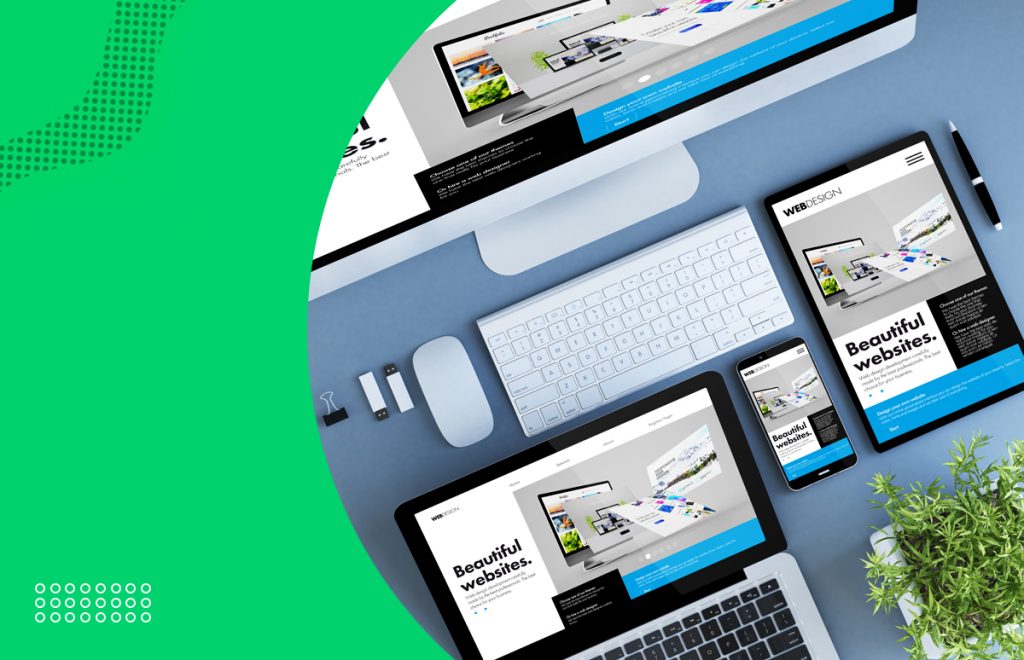Increase Engagement With Cutting-edge Website Layout Solutions
A thoughtfully crafted user experience, underpinned by strategic visual layout and interactive aspects, can substantially boost user involvement. By discovering numerous techniques such as responsive design and individualized web content, companies can create a system that not only astounds users but additionally fosters long-term loyalty.

Understanding Individual Experience
Comprehending user experience (UX) is vital for creating reliable site style options, as it straight influences exactly how individuals connect with digital systems. A comprehensive UX approach incorporates various components, consisting of user, availability, and use contentment, every one of which contribute to the overall efficiency of an internet site.
To start with, usability concentrates on just how conveniently individuals can navigate and find the info they look for - website design. A well-structured layout, intuitive navigation, and clear contact us to action are essential elements that improve functionality. Accessibility makes certain that all users, consisting of those with disabilities, can efficiently interact with the site. This includes making material that is certified with ease of access standards and can be quickly accessed using assistive innovations.
Furthermore, comprehending individual characters is crucial for tailoring the experience to satisfy details target market requirements. By carrying out customer study and screening, developers can gather understandings that notify layout decisions, making certain the website not just fulfills visual goals but additionally fulfills practical needs. Eventually, a thoughtful technique to UX style fosters interaction, urges retention, and improves total customer satisfaction, which are crucial for the success of any kind of digital platform.
Visual Design Strategies
Incorporating efficient aesthetic style strategies is crucial for recording user attention and enhancing the total individual experience on a web site. A well-thought-out aesthetic power structure overviews users through the web content, allowing them to quickly soak up and navigate details. This can be achieved with the critical use of typography, color design, and spacing, which collectively produce a appealing and cohesive layout.
Color plays an essential duty in establishing and stimulating emotions brand identification. Utilizing a balanced color combination that lines up with the brand's ethos can foster familiarity and trust fund. Furthermore, including top quality images and graphics enhances visual charm and can considerably improve individual interaction.
Whitespace, often forgot, is equally crucial as it allows material to breathe and stops frustrating customers with clutter. It promotes easier analysis and understanding, causing a much more pleasurable searching experience.
Last but not least, consistency in layout elements-- such as button typefaces, icons, and designs-- ensures a seamless customer trip, reinforcing the brand's expertise. By tactically applying these visual design techniques, sites can not just draw in visitors however also encourage them to remain longer and involve more deeply with the web content.
Interactive Aspects for Interaction
Involving customers efficiently commonly rests on the execution of interactive aspects that welcome engagement and promote a vibrant surfing experience. These aspects, including quizzes, polls, and interactive infographics, encourage users to actively get involved as opposed to passively eat material. By integrating such functions, sites can not only capture interest however additionally enhance user retention.

Gamification is one more powerful approach. Integrating game-like elements, such as success or incentives for finishing tasks, can transform mundane interactions right into enjoyable experiences. This approach not just increases engagement but likewise encourages customers to return, creating a loyal audience.
Moreover, interactive aspects can assist in social sharing, enhancing a web site's reach. Functions like remark sections, share switches, and user-generated web content locations foster community interaction, turning navigate to this site site visitors right into energetic individuals. website design. Inevitably, the critical use interactive components is important for producing a engaging and engaging site that reverberates with customers
Adaptive and receptive Style
A well-designed website should prioritize adaptive and receptive design to make sure optimal individual experiences across a range of tools and display sizes. Receptive layout uses fluid grids and versatile images, allowing the format to automatically change based on the audience's display size. This method guarantees that users can easily browse and connect with the content, no matter whether they are using a tablet, desktop, or smart device .
On the other hand, adaptive design makes use of predefined formats that are tailored to details gadget categories. This means that the website spots the kind of device being utilized and offers the appropriate layout, which can improve packing times and optimize the display screen of important aspects. While both techniques aim to improve usability, receptive design is typically preferred for its fluidity and smooth transition in between tools.
Integrating adaptive and responsive design not only enhances individual complete satisfaction but also positively affects search engine rankings. Internet search engine focus on mobile-friendly sites, therefore increasing exposure and bring in even more visitors. Investing in these layout strategies is critical for services looking to engage their target market efficiently and preserve an affordable edge in today's digital landscape. website design.
Analyzing User Feedback and Information
Individual feedback and information analysis are essential parts of reliable website style, as they supply important insights into user actions and choices. By methodically collecting and analyzing customer feedback through studies, use testing, and analytics devices, designers can recognize pain points and areas for renovation. This data-driven strategy enables services to tweak their website elements, ensuring that the customer experience lines up with audience assumptions.
Assessing metrics such as bounce prices, time on page, and click-through prices provides a quantitative viewpoint on individual involvement. These metrics help developers recognize which content resonates and which locations might need optimization. Additionally, A/B screening can be used to review variants in layout, permitting developers to make educated decisions based upon user interactions.
Including customer comments not only improves website functionality however likewise cultivates a sense of neighborhood and count on. Engaging with individuals through feedback loopholes grows loyalty and urges repeat visits. Eventually, leveraging customer feedback and information evaluation is essential to producing a dynamic, user-centered website that adjusts to advancing user requirements and choices, therefore driving higher involvement and complete satisfaction.
Conclusion

A thoughtfully crafted individual experience, underpinned by tactical useful link aesthetic style and interactive components, can substantially boost customer involvement.Incorporating effective aesthetic layout methods is necessary for catching individual attention and enhancing the overall customer experience on a website.Individual comments and information analysis are crucial components of efficient internet site layout, as they supply beneficial insights right into individual behavior and preferences. Inevitably, leveraging user responses and information evaluation is integral to creating a dynamic, user-centered website that adapts to advancing user needs and preferences, thereby driving greater engagement and contentment.
In verdict, ingenious internet site layout solutions substantially enhance user involvement by focusing on individual experience, employing reliable aesthetic techniques, and integrating interactive elements.